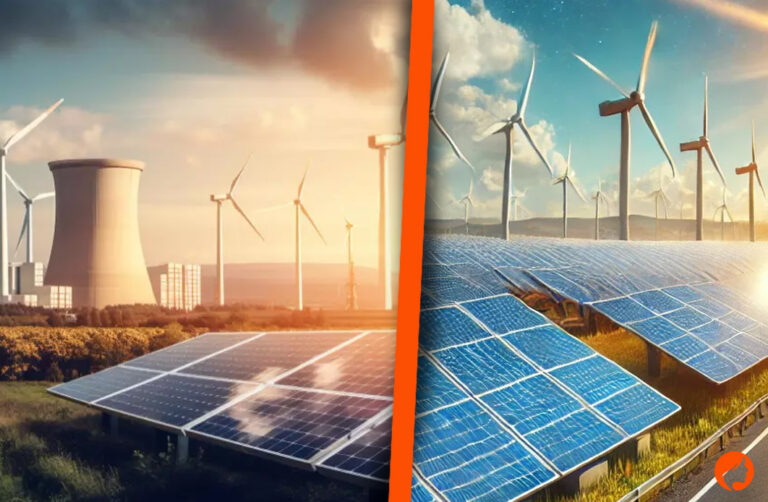AI’s Expanding Role in Clean Energy
The growing complexity of today’s energy grid means that traditional human-driven decision-making can only go so far. Modern energy ecosystems require the ability to swiftly interpret enormous amounts of data from solar panels, wind farms, smart appliances, and storage systems. AI technology delivers these capabilities. By rapidly processing these data feeds, AI supports operators in making more precise adjustments, ultimately ensuring that clean power is always available exactly where needed.
Artificial intelligence (AI) is swiftly transforming how societies approach clean and renewable energy, bringing unprecedented efficiency and adaptability to power systems worldwide. Utilities, independent energy producers, and grid managers are under immense pressure to keep up with the shifting energy landscape, where demand surges and supply integration challenges can threaten stability. The adoption of AI-driven software is now considered a game-changer, making it easier to coordinate resources and respond to critical events in real time. As the sector evolves, digital platforms such as Radiangen.com reflect an industry-wide recognition of the need for advanced technical solutions. Such platforms shine a light on the pivotal role that AI can play in integrating clean energy seamlessly into daily operations and long-term strategy.
Data-Driven Efficiency: The Power of Machine Learning
Machine learning, an AI-based approach, revolutionizes clean energy by predicting energy supply and demand, managing unpredictable events, and uncovering hidden efficiencies. Aggregating data from meteorological models, maintenance schedules, and live equipment feedback reduces operational risks and provides more informed predictions of renewable output. This reduces reliance on backup gas or coal plants and promotes cleaner electrons in the grid and faster adoption of renewables.
Smart Grids: Connecting AI With Renewable Resources
Smart grids, equipped with AI, are revolutionizing electricity distribution and monitoring. These grids simultaneously analyze input from consumers, solar fields, wind farms, and battery systems, adapting to fluctuations. This allows smaller renewable resources to participate in the energy mix without risking blackouts or excessive curtailments. Studies suggest that digital technologies could cut over 4% of global power sector emissions in the next 20 years. Utility operators worldwide consider AI-enabled smart grids essential for supporting large renewable portfolios, real-time trading, and automatic restoration after grid disturbances.
Predictive Maintenance and Reduction of Downtime
AI-driven predictive maintenance systems can help energy providers anticipate potential equipment failures before they become emergencies. Sensors in turbines, inverters, and storage systems send operational data to cloud-based analytic engines, flagging irregularities or trends that suggest wear or misalignment. This helps wind farm operators avoid catastrophic breakdowns and costly downtime. Solar facility managers can receive notifications when panels underperform, prompting repairs to maintain efficiency. Energy storage owners can extend battery asset lifespan by adjusting charge and discharge cycles. Research shows that AI-powered predictive maintenance can lower maintenance costs by up to 20% and improve reliability, reducing investor risk and driving renewable adoption.
Accelerating Renewable Energy Growth With AI
AI is a practical solution for accelerating clean energy growth by orchestrating distributed energy resources, such as solar batteries and wind projects. It can recommend investments, identify bottlenecks, and ensure power is delivered where it is needed most. This enables small towns with microgrids to thrive independently from centralized utilities and urban centers and tap into diverse on-site generation and smart appliances. AI’s flexibility and resilience will lead to greener cities and lower emissions.
Must Read: Modern Home Features That Increase Value and Appeal
The Road Ahead: What’s Next for AI and Clean Energy?
AI’s role in clean energy is growing rapidly, with pilot projects, city-scale implementations, and national grid overhauls proving indispensable. Short-term gains include improved reliability and reduced costs, while long-term shifts include decarbonization and increased public engagement. The synergy between AI and clean energy promises even greater leaps forward, with peer-to-peer trading, dynamic decentralized grids, and self-healing energy networks becoming commonplace. AI provides brighter, cleaner, cheaper, and more reliable power, paving the way for a sustainable energy future.
